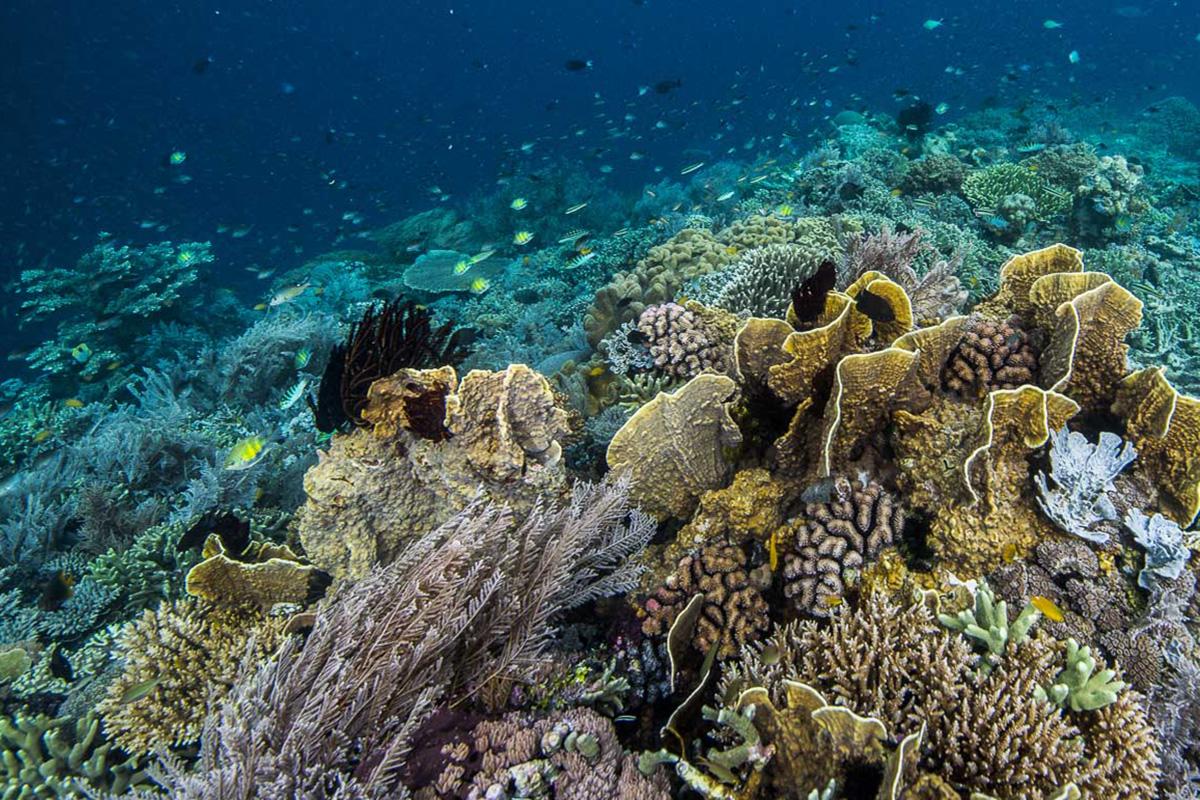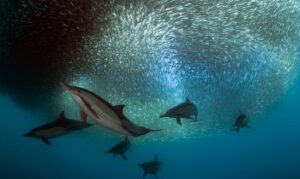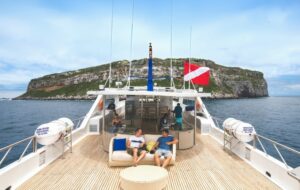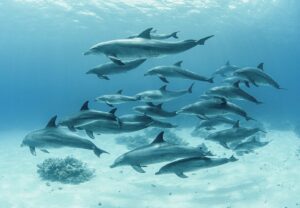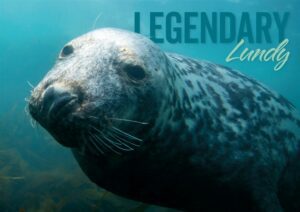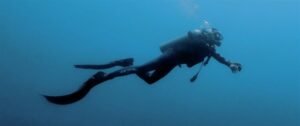The Komodo National Park has a wealth of famous dive sites.
Here we take a look at some undiscovered gems.
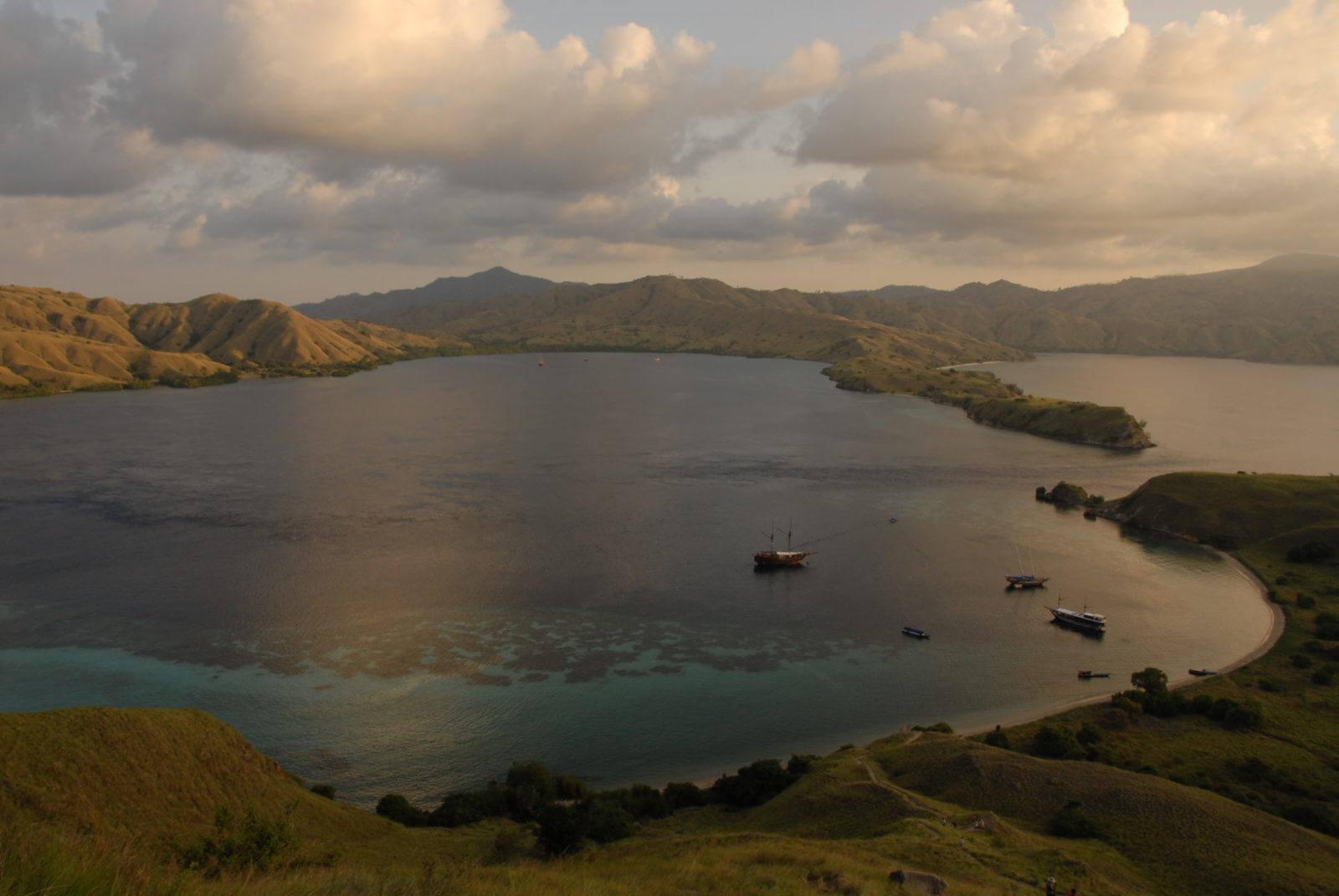
Anyone planning a dive trip to Komodo National Park in Indonesia will have no doubt been regaled with stories of the fabled North, where twin pinnacles Crystal and Castle rocks stand sentinel, patrolled by white tip and grey reef sharks, or Siaba Besar, where seemingly unperturbable turtles loll among the massive corals in island’s gentle lagoon.
These sites, along with Batu Bolong and Manta Point (known locally as Taka Makassar) are legendary among the lucky divers that have had the chance to dive this special part of the world. Top 10 Best Dive Sites in the World, ANZ Editors Pick
Komodo National Park is however made up of 29 islands across more than 1,700 square kilometres and the fantastic marine life is not beholden to the arbitrary lines drawn up by man. Jumping in anywhere a diver is bound to find something amazing, so here is a list of seven lesser-known dive sites in and around Indonesia’s Komodo National Park that are worth writing home about. The 6 Best Dive Sites of the South Pacific
Golden Passage
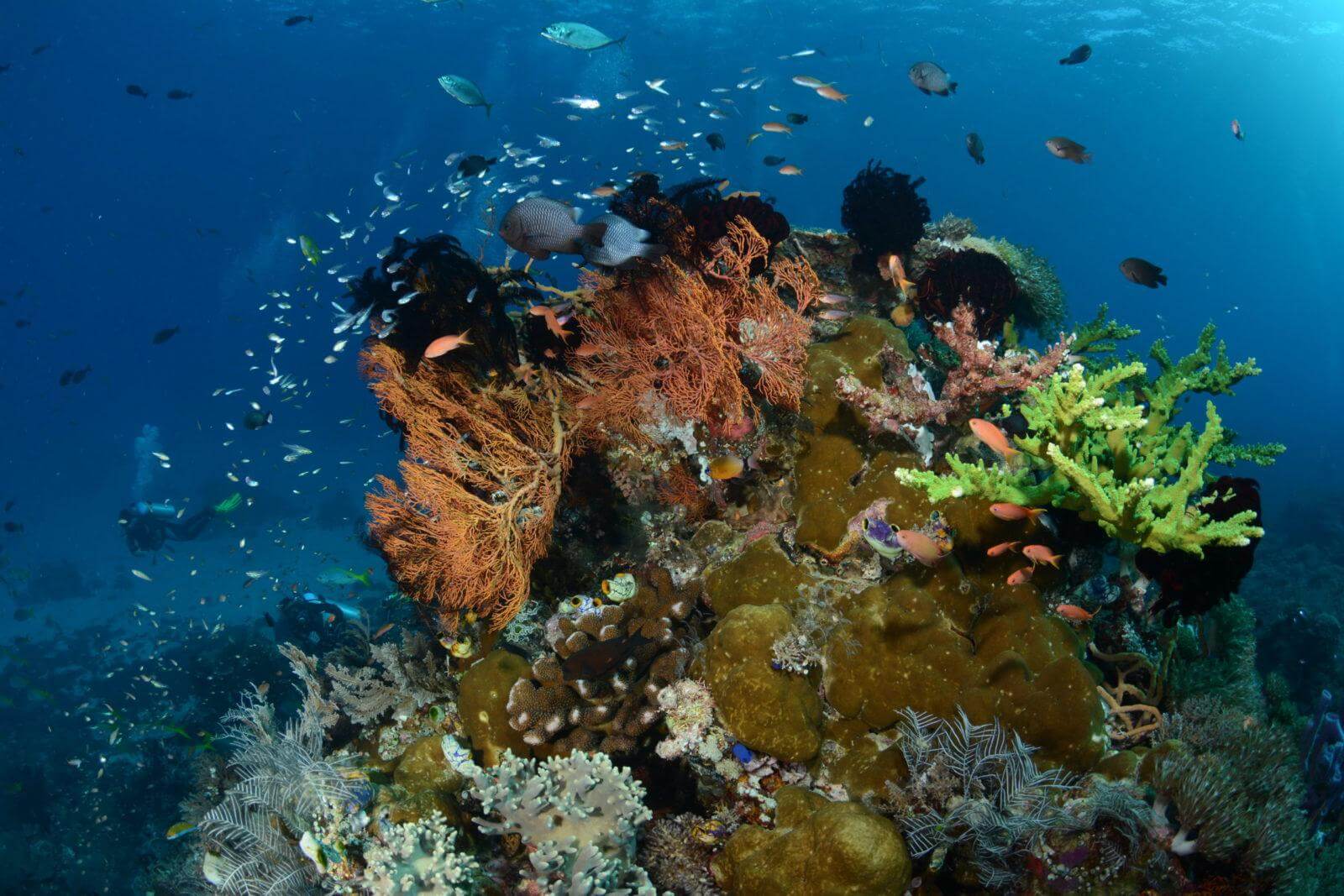
North Komodo is famous for three inarguably brilliant sites mentioned in the intro to this piece. What is frequently overlooked, though stunning in its own right, is the drift dive in the channel that separates Gili Lawa Darat from mainland Komodo, The Golden Passage.
Best dived east to west on a rising tide, this site never gets deeper than 18 metres and can be a powerful drift depending on the current. Divers staying close to the edges of the canyon-like channel can see overhangs that shelter schools of sweetlips and groupers, while in the current itself schools of trevally and snapper congregate. Dolphins and dugongs are not unheard of in this underrated site.
Anita – Hatamin
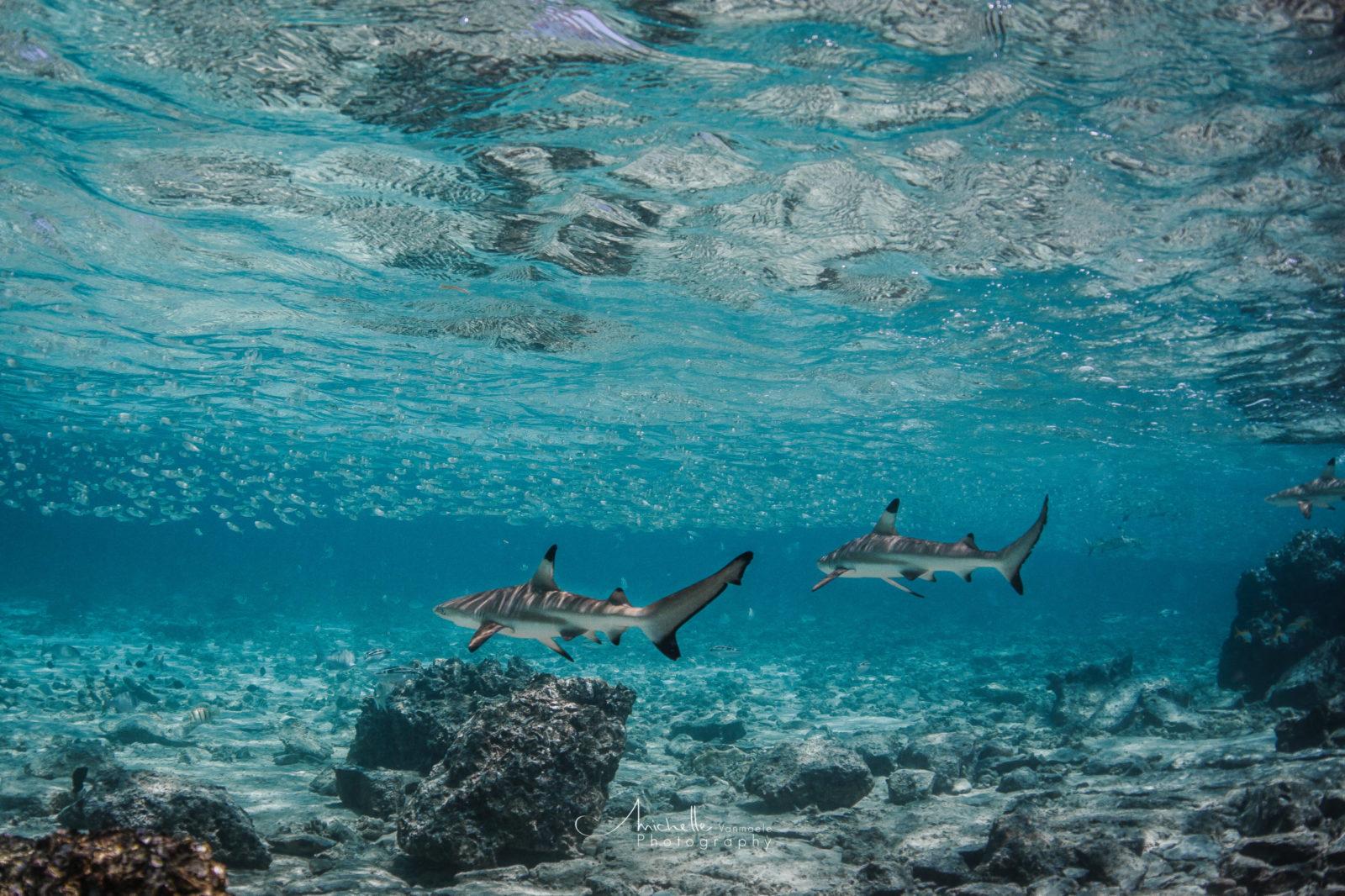
Located outside of Komodo National Park, around 8 kilometers north of the port town of Labuan Bajo are twin islets Hatamin and Anita. The specks of land have stunning shallow reefs that give way into sandbars before falling as walls and slopes home to black and white tip reef sharks, eagle rays, hawksbill turtles, and schools of trevally and snapper, and on very lucky occasions, dugongs.
The dives are gentle on the right tide, suitable for all skill levels, while snorkelers can explore right up to the rocks on a high tide where they can find nurseries of black-tip reef sharks. Technically in the north of what would be the park, mid-year months provide the best visibility with crystal waters that hover around 28°C
Police Corner
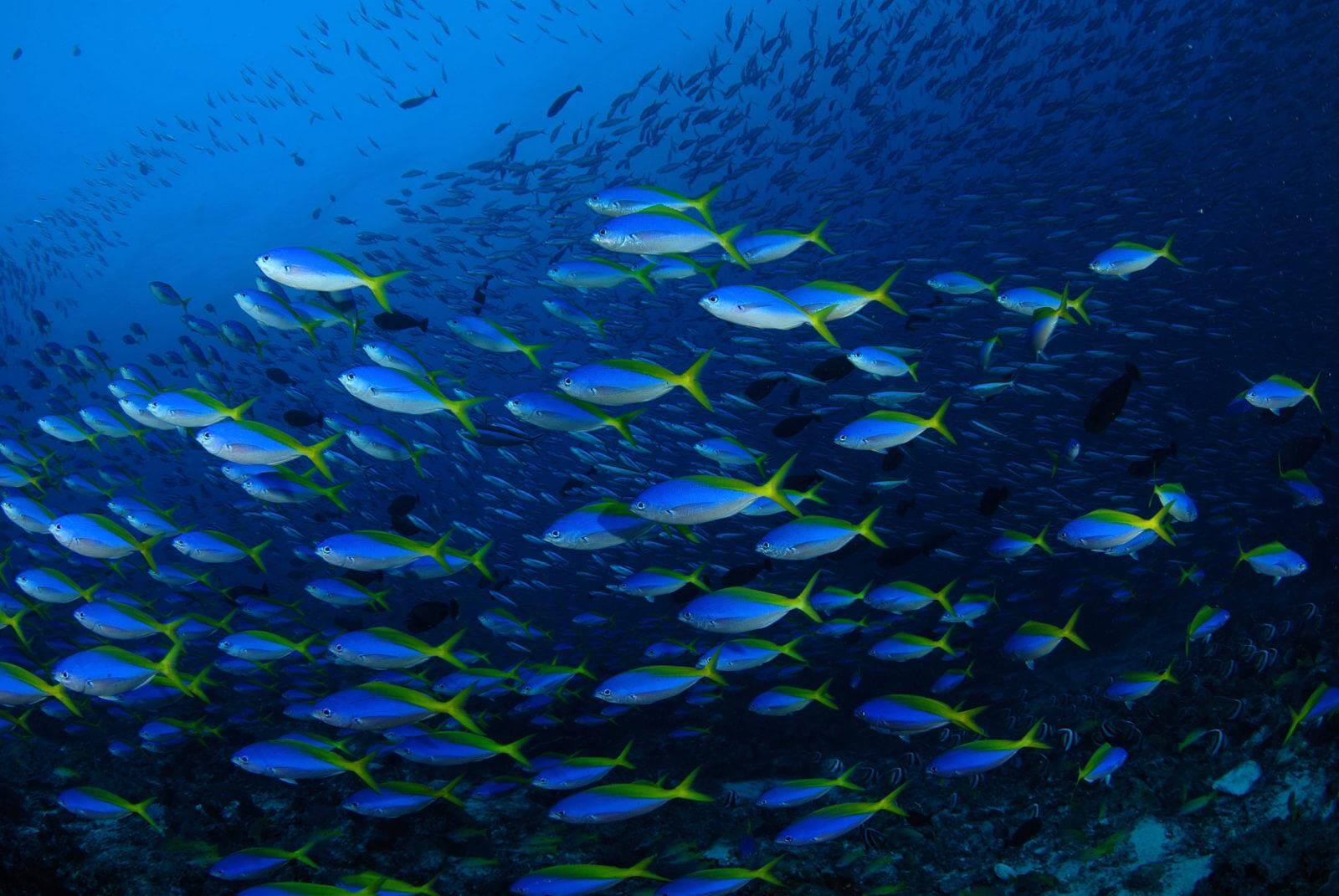
Police Corner or Police Point as it’s sometimes known is a site stunning for its topography and challenging currents. Located on the southern tip of Siaba Besar in the centre of Komodo National Park, it is subject to strong currents that have forced the corals here to grow cropped tightly to the crevassed rocks that make up the reef.
Descending the wall to around 15 metres, the wall gives way to the site’s biggest attraction, a large crack that continues down another seven meters and is wide enough to be navigable one diver at a time. The site is best between 15 and 35 meters and is subject to strong currents, making this a location for more advanced divers. Keeping close to the site is important, but eyes on the blue can spot passing rays and sharks.
Tatawa Kecil
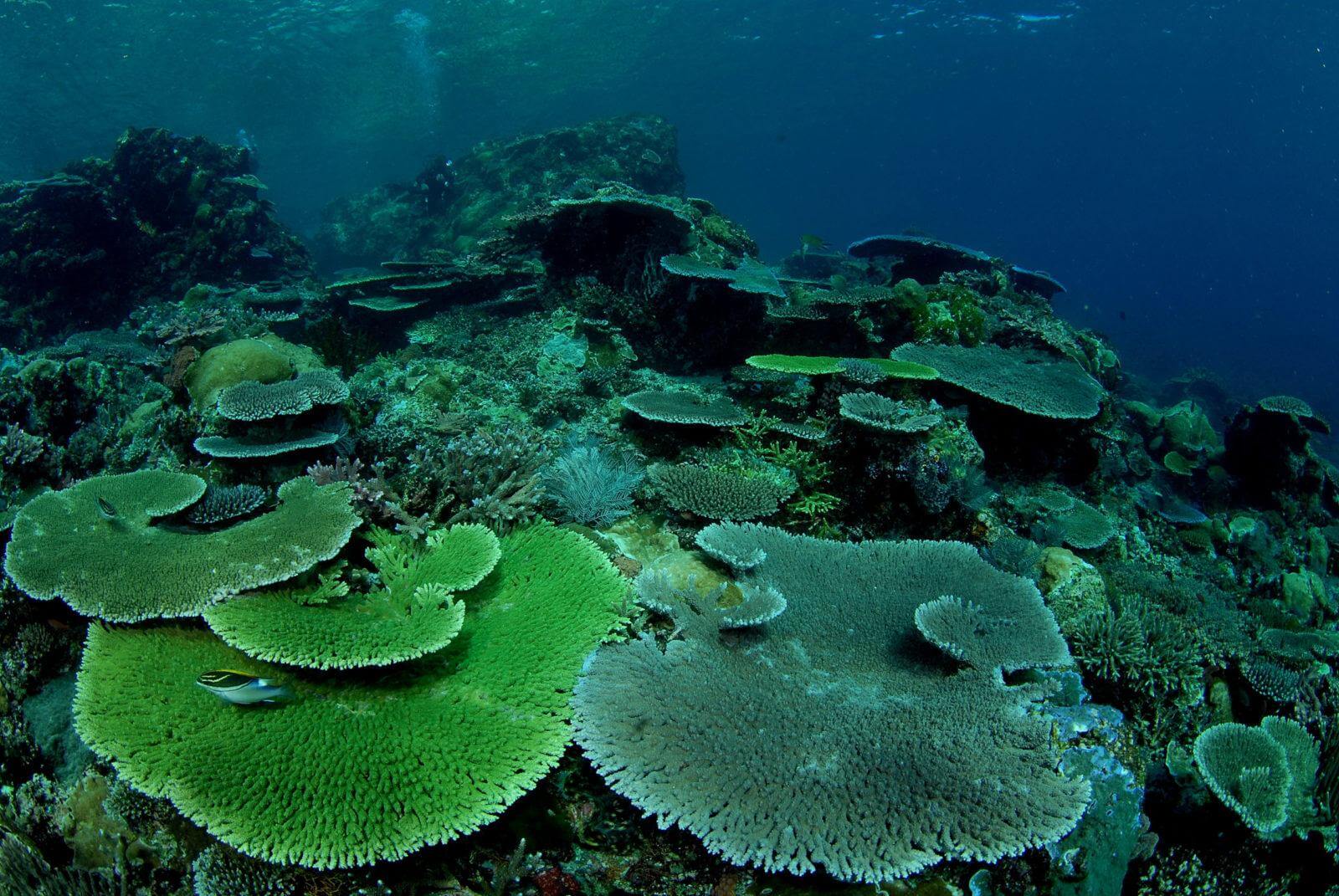
One of the larger pinnacle dives in the Komodo National Park, Tatawa Kecil sits just south of the more frequented Tatawa Besar. The site can be subject to the strong currents that define diving in Komodo, with experienced guides timing their drop to for a falling tide to get the most out of the lee. The site is varied as it is gorgeous.
Dropping on a gentle falling tide at the north of the island, divers can expect a steep wall with pelagics such as trevally, tuna, and barracuda scoping the currents swirling past the rock. Following the wall around the west side of the island, a series of overhangs is worth bringing your torch to have a quick exploration. The south of the island is a stunning ornate coral garden perfect to complete your safety stop. Here, brilliant colours are emphasized by the glittering sunlight in the shallows, which are also a lesser-explored manta cleaning station.
Pillarsteen
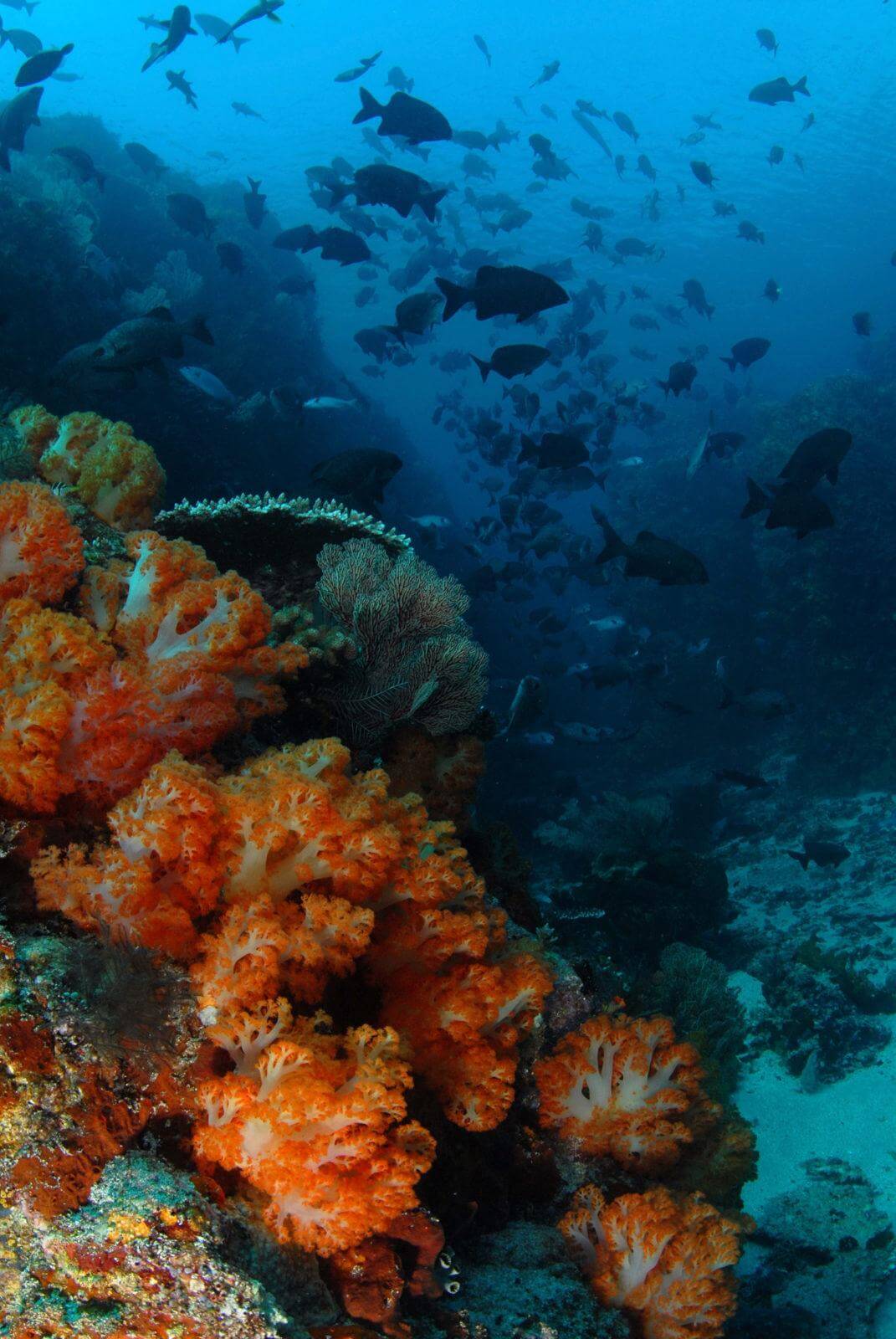
This dramatic dive site is located at the southeast tip of Padar Island in the south of the Komodo National Park. Its exposed aspect means there are times in the year when Pillarsteens is unliveable. Through the Komodo National Park low season, however, the south becomes spectacular with improved visibility and calmer surface conditions.
This site’s topography is second to none. Sheer walls are interspersed with jumbles of massive boulders that create a series of swim-throughs not for the faint of heart. The southern aspect exposing the site to what is open ocean means there is often a surge meaning corals that have managed to take hold grow tight on the surface of the stone. Eyes on the blue can spot passing pelagics making their way into the park via this southern checkpoint.
Sangeang Api
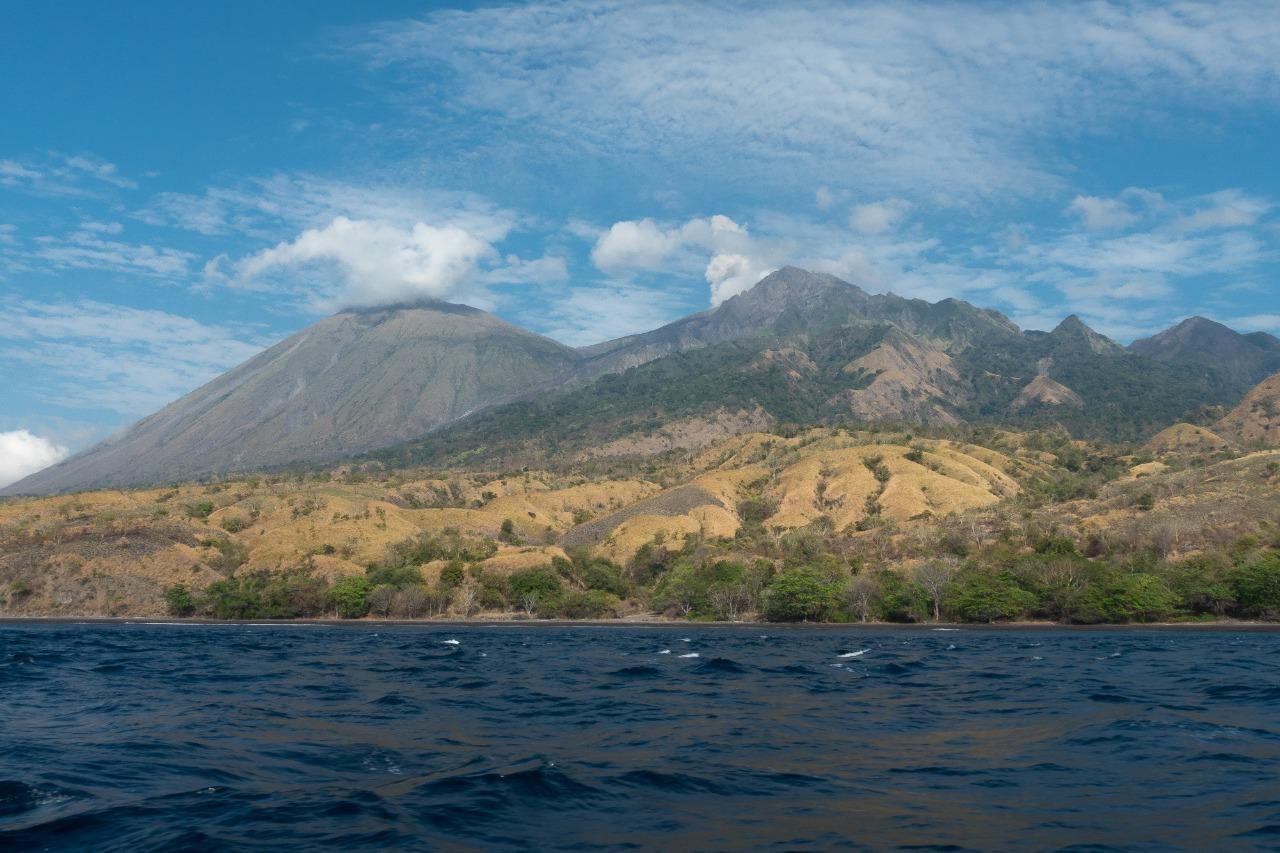
Located NNW of Komodo National Park, due north of the town of Sape on the eastern tip of Sumbawa is the imposing active volcano Sangeang Api. The island experiences minor eruptions very regularly, coughing smoke and ash into the air painting the skies with brilliant sunsets when seen from Labuan Bajo.
This volcanic activity is what brings the vibrance and brilliance to the diving that can be found at a number of sites on Sangeang Api. The replenishment of minerals and nutrients from the regular volcanic activity has resulted in an explosion of dazzling macro sea life and coral gardens that pop dramatically against the backdrop of black volcanic sand. Keep an eye out for a number of species of frogfish, wunderpus, innumerable nudibranchs, and gigantic sea fans home to pygmy seahorses.
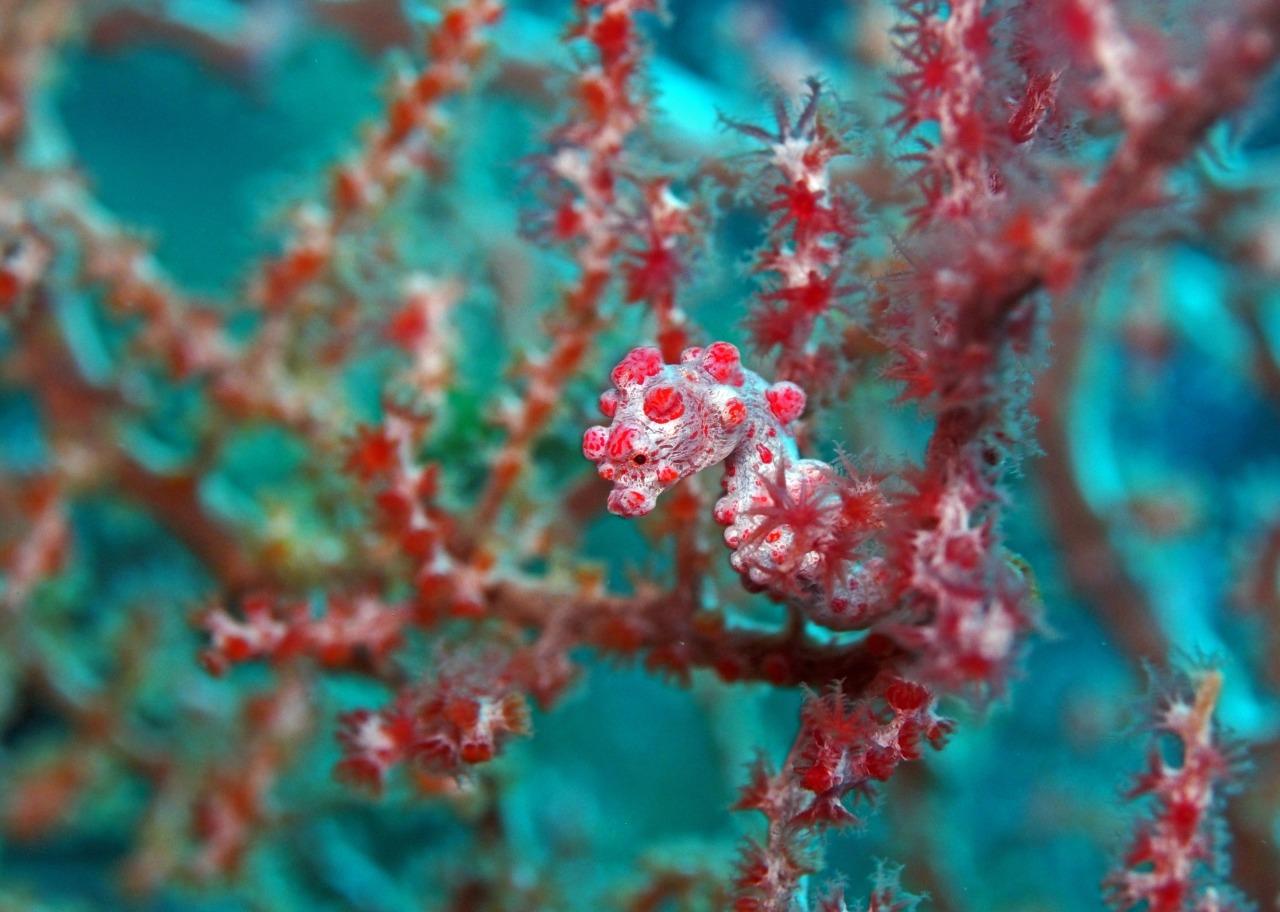
What makes Sangeang Api most memorable to the majority of divers is the constant stream of bubbles emitted from the black sand at around 8 metres deep. The phenomenon, caused by the release of the geothermal gas generated by the volcano, can be likened to diving in champagne. Not accessible on day trips by Labuan-Bajo-based dive shops, Sangeang Api is most regularly dived by liveaboards traversing the Nusa Tenggara archipelago and dive resorts on nearby Sumbawa.
So, there you have it. The wonders of the Komodo National Park extend well beyond the beaten path, with epic topography, macro, pelagic and geothermal wonders to be discovered.
Planning your dive trip has just become easier with Bundle, the newest platform offering flexible dive deals at some of the world’s best dive locations. Dive Bonds offer up to 50% added value to your purchase with reputable Dive Partners and are valid for up to 24 months. Buy Now, Dive Later with Bundle Dive.
Article Written by Will Guénier
Photo Credit: Michelle Van Maele @michelleinkomodo, Eric McAskill @ericjmca, Adrian Stacey
